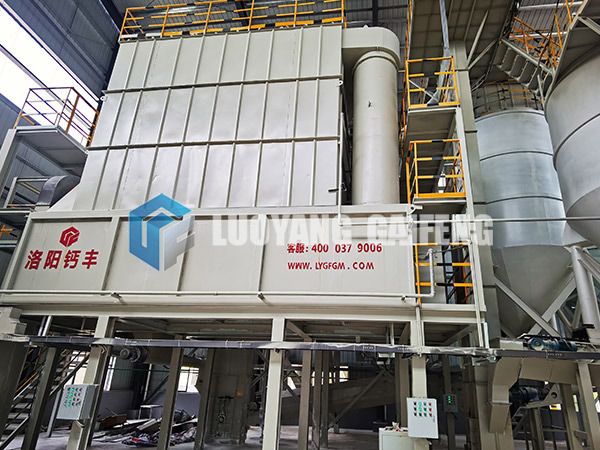What are the production specifications of calcium hydroxide production line
An important application of calcium hydroxide is as a flocculant for water and sewage treatment. It forms fluffy charged solids that help remove smaller particles from the water, resulting in a more transparent product. This application benefits from the low cost and low toxicity of calcium hydroxide. It’s also used in freshwater treatment to raise the pH of the water so that the pipes don’t corrode when the base water is acidic because it’s self-regulating and doesn’t raise the pH too much.
Therefore, we should correctly select the production specifications of calcium hydroxide production line when purchasing equipment, otherwise it will affect the working efficiency of the equipment to a certain extent. So what are the production specifications of calcium hydroxide production line?

Due to the great demand for calcium hydroxide now, the use of basic calcium hydroxide equipment is also very large. With the use of the equipment, we will gradually diversify the specifications of the equipment according to the output of calcium hydroxide, so as to better Meet the needs of calcium hydroxide manufacturers and reduce some unnecessary investments in calcium hydroxide manufacturers.
The new calcium hydroxide equipment is not only efficient, but also has many basic equipment skills. The quality of calcium hydroxide produced by this equipment is very good. We know that the finer the particles of calcium hydroxide calcium powder, the better, so the production specifications of the equipment are also very diverse.

Calcium hydroxide manufacturers of different scales can choose the basic selection of calcium hydroxide equipment according to their own output. General equipment specifications are 3 tons/hour, 6 tons/hour, 10 tons/hour, 15 tons/hour, 20 tons/hour. Of course, the larger the equipment size, the greater the production power.
When choosing a calcium hydroxide production line, we should pay more attention to the production specifications of the equipment, so as not to adversely affect the working efficiency of the equipment due to improper specifications.


